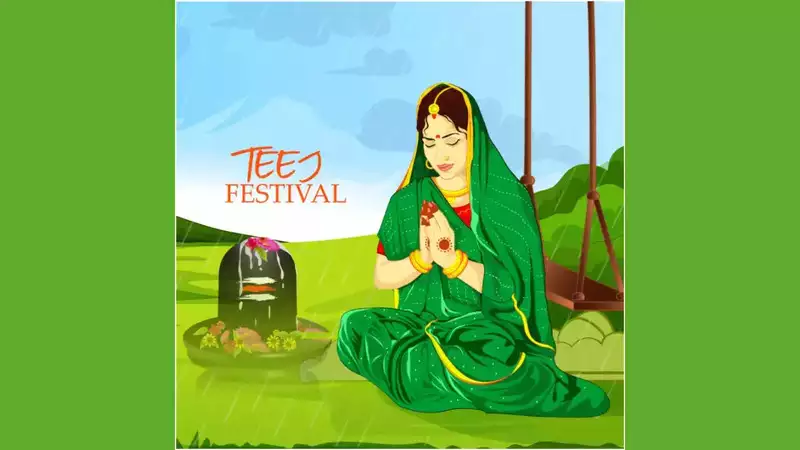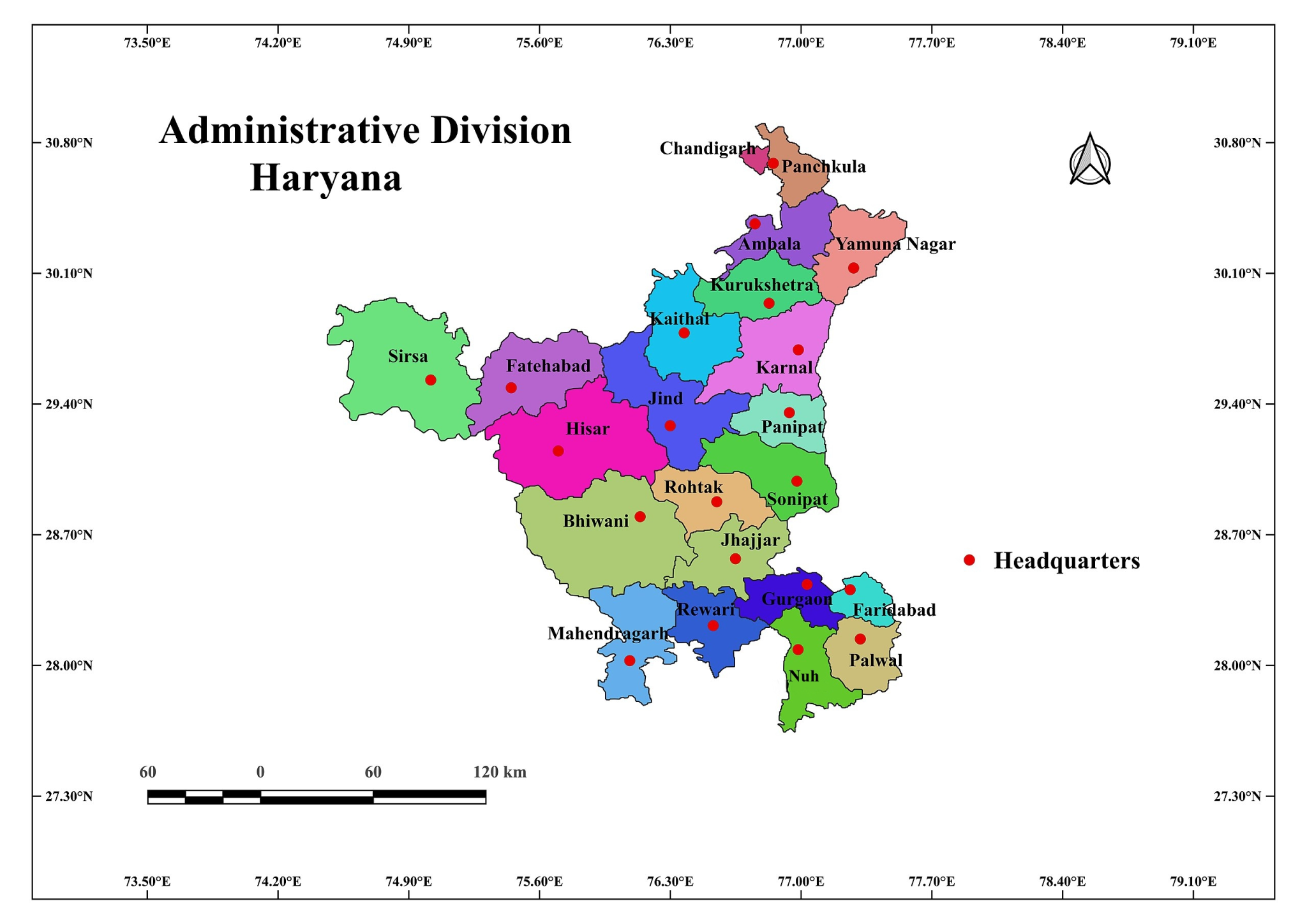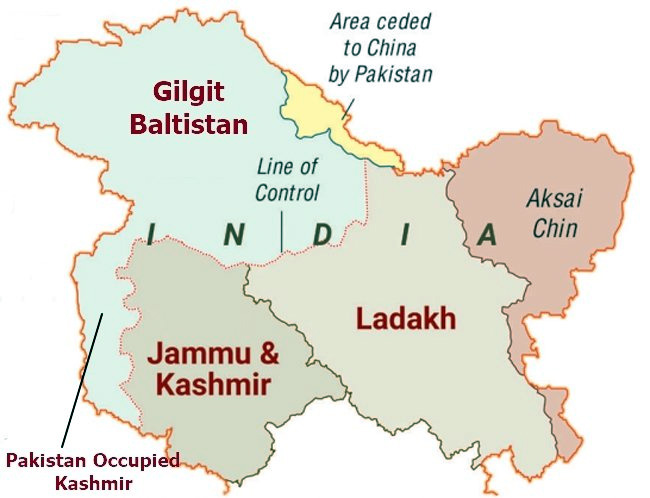Bihar Switch to Hindi
Hartalika Teej, 2024
Why in News?
Hartalika Teej Vrat is celebrated on the Tritiya of Shukla Paksha in the Bhadrapada month. In 2024, the observance falls on September 6.
Key Points
- Meaning of "Hartalika": Derived from two Sanskrit words: "Harat" (abduction) and "Aalika" (female friend).
- Background: Goddess Parvati, devoted to Lord Shiva, was abducted by her friends to avoid her marriage to Lord Vishnu, as per her father's wish.
- Parvati worshiped a clay idol of Lord Shiva, pleasing him, and they eventually married.
- Women observe Swarna Gowri Vratha to seek blessings from Goddess Gowri for a happy married life.
- Prominent in North Indian states: Rajasthan, Uttar Pradesh, Madhya Pradesh, Bihar, and Jharkhand.
- Known as Gowri Habba in South Indian states: Karnataka, Andhra Pradesh, and Tamil Nadu.
- Teej Festivals:One of three main Teej festivals, along with Hariyali Teej and Kajari Teej, celebrated in the Sawan and Bhadrapada months.
Haryana Switch to Hindi
Haryana-Punjab Agricultural Divergence
Why in News?
Haryana's agriculture stands apart from Punjab due to its diversified cropping profile, contrasting with Punjab's environmentally and fiscally unsustainable rice-wheat monoculture.
Key Points
- Punjab:
- Monoculture Cropping:Punjab’s agriculture is characterized by a rice-wheat monoculture, with farmers growing only these two crops during the kharif (monsoon) and rabi (winter-spring) seasons, respectively.
- Area under rice cultivation increased from 28.9 lakh hectares (lh) in 2014-15 to 31.9 lh in 2023-24.
- Output Rankings:Punjab ranks 3rd in both wheat and rice output in India.
- India has eight major wheat-producing states compared to 16 for rice.
- Water and Environmental Issues:Rice is water- intensive crop and requires about 25 irrigations, whereas wheat requires only 4-5 irrigations.
- Excessive rice production contributes to groundwater depletion and high fiscal costs for grain procurement and stocking.
- Monoculture Cropping:Punjab’s agriculture is characterized by a rice-wheat monoculture, with farmers growing only these two crops during the kharif (monsoon) and rabi (winter-spring) seasons, respectively.
- Haryana:
- Less Monoculture:Haryana features a more diversified cropping pattern compared to Punjab, avoiding the rice-wheat monoculture.
- Kharif Season: Includes rice, cotton, bajra (pearl millet), and guar (cluster bean).
- Rabi Season: Includes wheat, rapeseed-mustard, chana (chickpea), and sunflower.
- Rice Varieties: Basmati Rice in Haryana accounts for 56.2% of the rice area (2019-20 to 2023-24).
- Basmati rice consumes less water compared to non-basmati varieties.
- Basmati is planted in July, benefiting from monsoon rains and cooler temperatures, enhancing its fragrance.
- Canal Network: Extensive canal network of 1,594 channels, 14,814 km long.
- Irrigates northeast, central, and northwest districts of Haryana.
- Southern districts (Charkhi Dadri, Jhajjar, etc.) have limited irrigation access.
- Crop Distribution:
- Southern Haryana: Farmers typically grow bajra, guar, and jowar in kharif and wheat, mustard, chana, and barley in rabi.
- Challenges:
- Increased Rice Area:Record levels of rice cultivation in 2024, with 16.4 lakh hectares planted.
- This increase has led to a decrease in cotton acreage (4.8 lakh hectares).
- Decreased cotton acreage from 6.7 lakh hectares in 2023 due to low prices and pink bollworm pest attacks.
- Diversification Efforts:Efforts under the Bhavantar Bharpai Yojana (BBY) to promote crop diversification.
- MSP procurement and price deficiency payments for bajra, mustard, sunflower, and other crops
- Less Monoculture:Haryana features a more diversified cropping pattern compared to Punjab, avoiding the rice-wheat monoculture.
Chhattisgarh Switch to Hindi
Centre Approved 8 Lakh PMAY Houses
Why in News?
Recently, the Centre has sanctioned the construction of over 8 lakh houses under the Pradhan Mantri Awas Yojana for rural areas in Chhattisgarh.
Key Points
- The Centre sanctioned 8,46,931 houses for construction under PMAY in Chhattisgarh.
- ‘Niyad Nellanar’ scheme: launched earlier this year to ensure basic amenities and benefits of welfare projects reach Naxal-affected villages.
- Under this scheme development work is being carried out in interior villages falling within a 5-km radius of security camps.
- PM Janjati Aadivasi Nyay Maha Abhiyaan: aimed at improving the quality of life for PVTGs (Particularly Vulnerable Tribal Groups), 24,064 houses were sanctioned in the state and most of them have been completed.
PMAY-G
- Launch: April 1, 2016, restructured from Indira Awaas Yojana to provide pucca houses with basic amenities to rural families.
Selection of Beneficiaries: Based on Socio Economic Caste Census 2011, Gram Sabha, and geo-tagging.
PMAY-U
- Launch: June 25, 2015, to provide housing for all urban poor by 2022.
Features: Includes basic amenities like toilets, water supply, electricity, and promotes women empowerment by providing house ownership in the name of female members or joint names.
PM Janjati Adivasi Nyaya Maha Abhiyan (PM JANMAN)
- Objective: Protect and nurture tribal groups, especially those on the verge of extinction, by providing necessary support, development, and connectivity to mainstream services and opportunities.
- Coverage: Includes 75 Particularly Vulnerable Tribal Groups (PVTGs) across 18 states and union territories, in 22,544 villages and 220 districts.
- Population: Approximately 28 lakh people belong to these identified tribal groups.
- Significance: Highlights the government's commitment to uplifting and safeguarding tribal communities, preserving cultural heritage, and integrating them into mainstream development while bridging gaps in essential services and socio-economic empowerment.
Particularly Vulnerable Tribal Groups (PVTGs)
- Tribal Population: Constitutes 8.6% of India’s total population.
- Vulnerability: PVTGs are more vulnerable compared to other tribal groups and require more directed funds for their development.
- Historical Context:
- 1973: Dhebar Commission categorized Primitive Tribal Groups (PTGs) as less developed.
- 2006: Renamed PTGs to PVTGs by the Government of India.
- 1975: Government identified and declared 52 PVTGs.
- 1993: An additional 23 PVTGs were added, totaling 75 out of 705 Scheduled Tribes.
- Characteristics of PVTGs:
- Mostly homogenous with small populations.
- Relatively isolated geographically.
- Absence of written language.
- Use of simple technology and slower rate of change.
- Geographic Distribution: Highest number of PVTGs are found in Odisha.
Jammu & Kashmir Switch to Hindi
Jammu and Kashmir
Why in News?
Recently, the Army enhanced counter-infiltration in Jammu and Kashmir with redeployed troops and increased security along the LoC.
Key Points
- Recent Terror Attacks:
- Jammu and Kashmir have experienced a rise in terror attacks, resulting in security force fatalities.
- Common factors in these attacks include:
- Predominantly occurring in areas south of the Pir Panjal range.
- Use of advanced communication equipment by militants.
- Possession of modern rifles.
- Enhanced psychological and physical training of militants.
- Involvement in narcotics trade.
- Common factors in these attacks include:
- Jammu and Kashmir have experienced a rise in terror attacks, resulting in security force fatalities.
- Surveillance and Security Measures:Troops are stationed along the LoC, LoC fence, and permanent operating bases year-round.
- New check posts, including mobile vehicle ones, will be established at population centers and roads.
- Drones will be used for increased surveillance and area domination.
Line of Control
- The Line of Control (LoC) emerged from the 1948 ceasefire line negotiated by the United Nations (UN) after the Kashmir War.
- It was designated as the LoC in 1972, following the Shimla Agreement between the two countries.
- LoC is demarcated upto the Siachen Glacier (Point NJ9842)- the world's highest battlefield.
- LoC is delineated on a map signed by the Director General of Military Operations (DGMO) of both armies and has the international sanctity of a legal agreement.





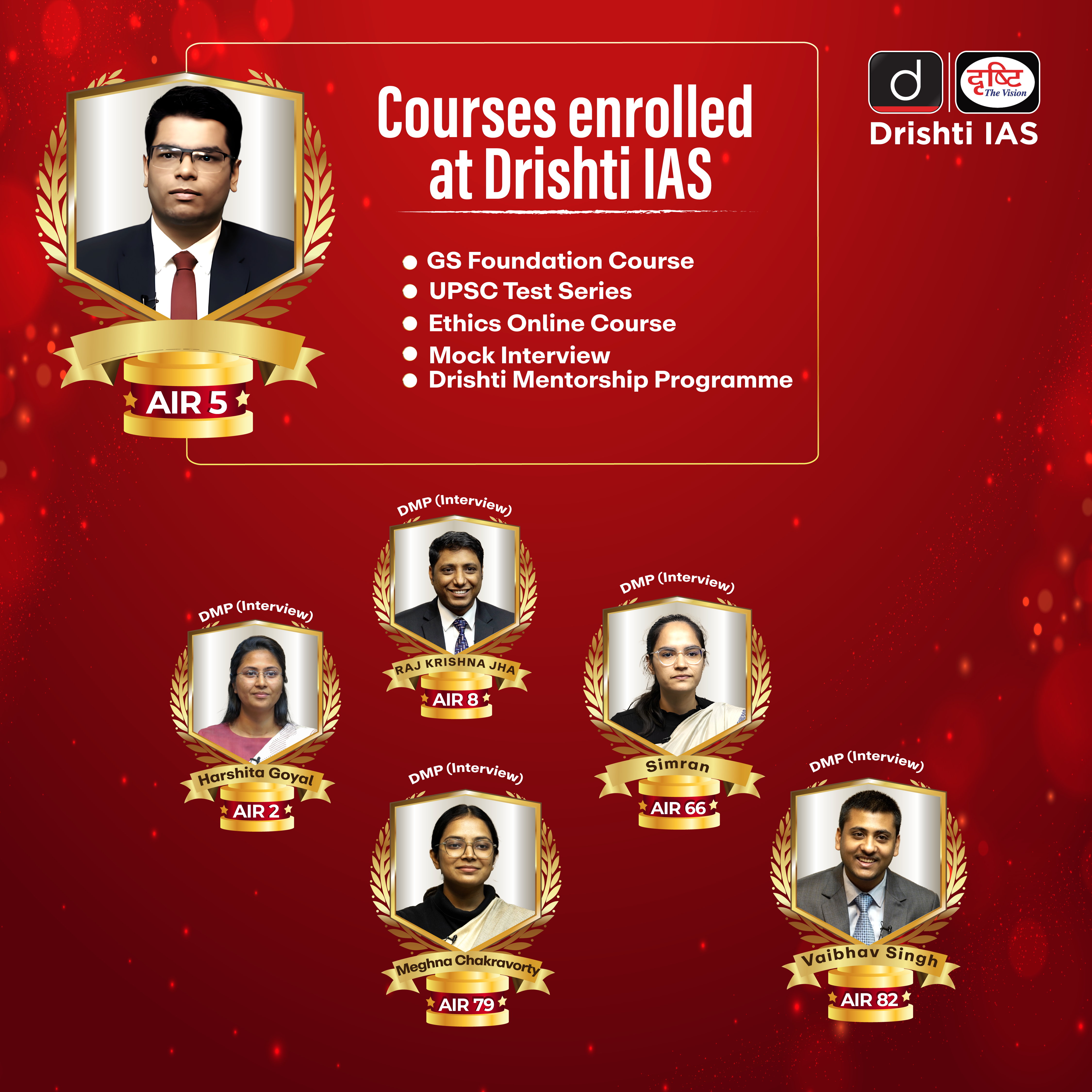


%20MPPCS%202025%20Desktop%20E.jpg)
%20MPPCS%202025%20Mobile%20E%20(1).jpg)

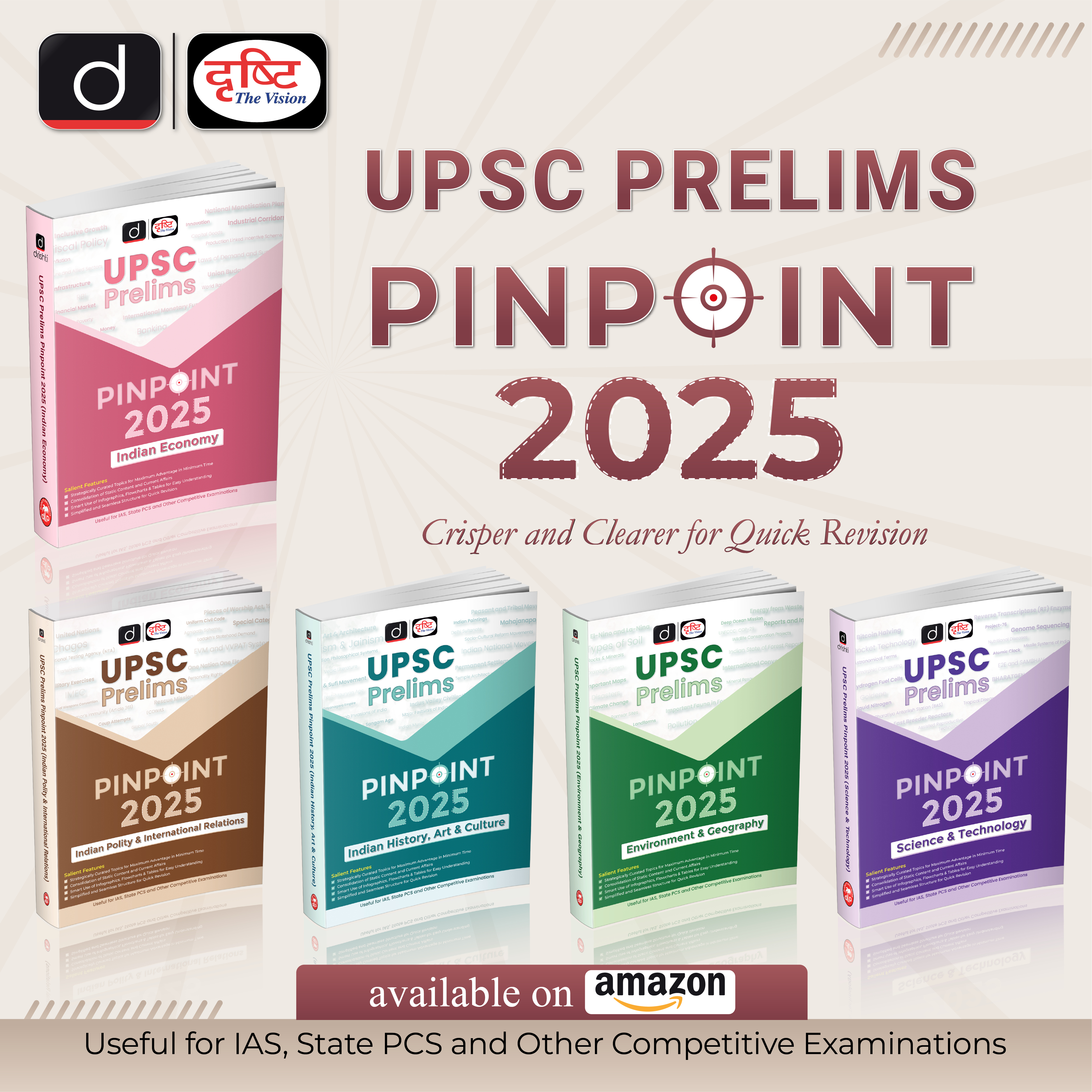








.png)
.png)





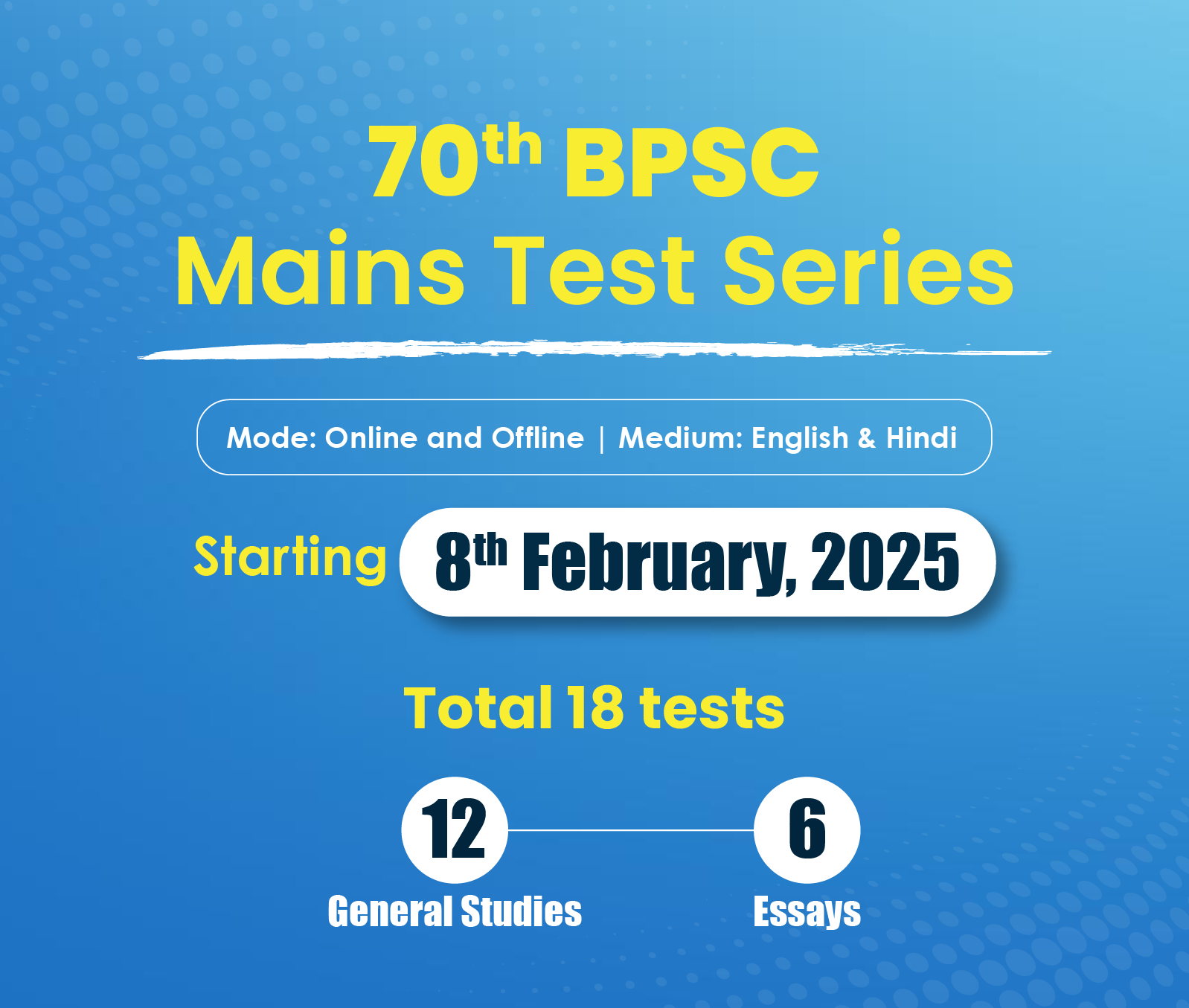





 PCS Parikshan
PCS Parikshan